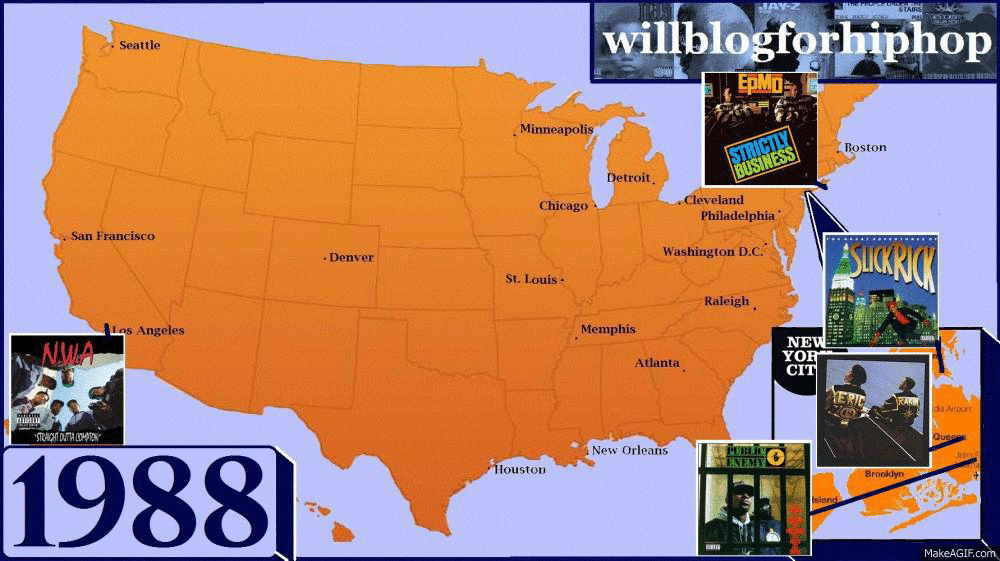Taking Genre for a Spinuzzi
Quick Summary: Clay Spinuzzi’s text Tracing Genres through Organizations: A Sociocultral Approach to Information Design was surprisingly accessible. After readings on technology, Foucault, and genre systems, Spinuzzi was a breath of fresh air. Spinuzzi’s aim in this text is to expand the user-centered approach to information design. Spinuzzi begins the text (after a short anecdote), “A common trope in the literature of user-centered design is the worker-as-victim: the everyday Joe or Jane who is oppressed by an unjust tyranny and in need of rescue” (1) Spinuzzi utilizes this trope to present the relationship between workers and designers. Information designers are presented as heroic figures, which “employ user-centered design methods to defeat the tyrannical system and rescue the victims…” (2). Spinuzzi argues that workers are not waiting to be rescued; they are creating innovative solutions to solve problems in the workplace. However, these innovations are not sanctioned. The “designer-hero” must refine these innovations for them to be of consequence in the workplace. This approach to the worker decreases the significance of their innovations. To address these issues, Spinuzzi traces the development of these innovative genres in hopes of understanding how these innovations by workers can be used to improve the information design through partnerships with designers. Tracing these innovative genres will allow designers to see worker’s innovations as a vital part. Spinuzzi presents genre tracing as a way to empower workers by validating the innovations that they have been using to get the job done. The text presents a methodology and methods for examining the “unofficial innovation” (3). In addition, Spinuzzi uses case studies as a concrete example of the methodology and insight into how workers use “unofficial innovation” to meet their needs.
Reflection: Much of what we are discussing is about relations. How groups of people, objects, ideas, etc interact with and relate to one another. Spinuzzi is exploring the relations between workers, designers, and systems. In this relationship, designers provide a system, which may be inadequate for workers, who then create workarounds to solve whatever problems are in the system. Designers overlook these innovations because the workers lack the authority to innovate in this space. They key word here, for me, is: agency. The workers lack agency. The designers are hesitant to acknowledge these unofficial innovations. The designers have to modify the unofficial to make it official and available to everyone. This makes me think of all the times I have created workarounds in order to make a task easier or more effective.
What Jumped Out – “Chapter 2: Integrating Research Scope”
Chapter 2 provided good definitions and background information on activity theory, genre, dialogic, and artifact. The chapter was engaging and overwhelming, as I had to resist the urge to analyze each heuristic. The most engaging parts of Chapter 2 were the sections on the levels of scope.
- Macroscopic is the organizational contextual layer
- Mesoscopic is the level of “goal-directed action—the tasks which people are consciously engaged” (33).
- Microscopic is the level of “moment-by-moment operations”
These three levels of scope “complement each other.” The actions on one level can impact or connect with the actions on another level. It was interesting to me that even though different approaches are needed on each level the levels are interrelated.
In addition to the discussion of integrated scope, Chapter 2 helped me make connections from Spinuzzi’s presentation of genre to those of Bazerman, Miller, and Popham. He makes connections genre as a tool for interpreting artifacts. I was intrigued by the connections of genre to memory and ways of thinking (worldview). I specifically like the connection or movement from artifact to genre. Spinuzzi utilizes Bakhtin to emphasize genre as tradition. Spinuzzi states:
“With the tradition aspect of genre in mind, we can talk about genres mingling, merging, splitting, disintegrating, and being repurposed.”
Acting this way, genre seems to be akin to Foucault’s statement. The statement is presented as “specific and paradoxical object, but also as one of those objects that men produce, manipulate, use, transform, exchange, combine, decompose and recompose, and possibly destroy” (118). Genres seem to reside in the same space, being in between concrete and abstract. In addition, genre as a stable part of social memory and as “dynamic and reshapable by any speaker for her or his specific utterance” reminds me of the dynamic nature of the statement. Foucault presents that the statement “must have a substance, a support, a place, and a date [and] when these requisites change, it [the statement] too changes identity (101).”
Snap Chat and Genre Tracing:
Right now, I am unsure of how to apply Spinuzzi’s methodology to Snap Chat. I can see how Spinuzzi’s text could help to put the work of other genre theorist in context. After reading this text, I have a better understanding of artifact and genre. I also appreciate Foucault a bit more and see how statement and enunciative formations can be applied to Snap Chat.
Writing this blog led me to Will Blog For Hip Hop. I found an interesting post that traced the evolution of Hip Hop over 25 years. I was intrigued that the genre was being traced based on geographic location of the artist. The map provide a good view of how Hip Hop music faded in the West, grew in the East, and has yet to have a strong hold in the middle of the country. This isn’t as complex a genre tracing as what Spinuzzi represented, but it got me thinking about the progression of the genre (in the more traditional sense) and these moment-by-moment glimpses into Hip Hop.
http://willblogforhiphop.files.wordpress.com/2013/10/http-makeagif-com-media-10-14-2013-wyjs3p.gif
———————————————————————————————————————————
Foucault, Michel. Archaeology of Knowledge. New York: Vintage, 2010. Print.
Spinuzzi, C. (2003). Tracing genres through organizations: a sociocultural approach to information design. Cambridge, Mass.: MIT Press.



